In the medical industry, injection molding technology is widely used in manufacturing various medical devices and components, such as syringes, catheter connectors, and surgical instrument handles, due to its high precision, efficiency, and ability for mass production. However, the quality stability of medical injection-molded products directly relates to patient safety and treatment effectiveness. Product bending and deformation are common quality issues. This article delves into the reasons for the bending of medical injection-molded products from four aspects: material properties, mold design, process parameters, and post-processing, and proposes corresponding solutions.
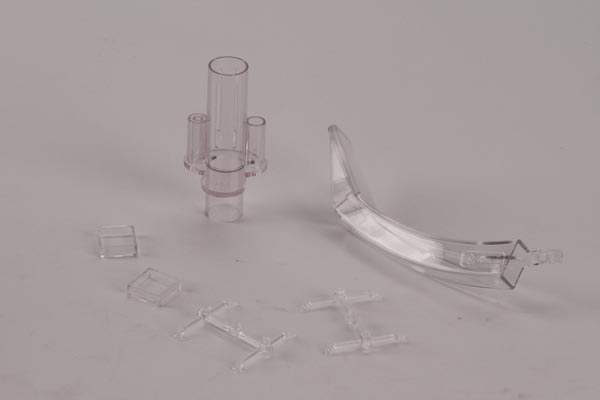
-
Material Property Influences
-
Thermal Expansion Coefficient Differences: Different plastic materials have varying thermal expansion coefficients. When products cool from the high-temperature injection molding state to room temperature, uneven internal stress distribution can lead to inconsistent local shrinkage, causing bending. This is particularly pronounced in composite materials or those filled with reinforcing fibers, where anisotropy is more significant and requires special attention.
-
Crystallinity Changes: Semi-crystalline plastics (such as PP, PE) undergo crystallization during cooling. Changes in crystallinity can result in volume shrinkage. If the cooling rate is uneven, it can lead to the accumulation of internal stress within the product, causing bending.
-
Mold Design Factors
-
Gate Location and Quantity: The gate is the channel through which plastic melt enters the mold cavity. Its location and quantity directly affect the flow path and filling sequence of the melt. Improper gate design can result in uneven melt flow, causing local overheating or undercooling of the product, which in turn can lead to bending.
-
Cooling System Layout: The design of the mold's cooling system is crucial for the cooling speed and uniformity of the product. Uneven distribution of cooling water channels or inefficient cooling can lead to different cooling rates in various parts of the product, generating thermal stress and causing bending.
-
Insufficient Mold Rigidity: If the mold lacks rigidity or deforms over long-term use, it can directly affect the molding accuracy of the product, including potentially causing bending.
-
Process Parameter Control
-
Injection Pressure and Speed: Excessive injection pressure or speed can cause turbulence in the melt within the cavity, increasing internal stress. Conversely, insufficient pressure can lead to inadequate filling, forming voids or sink marks, both of which can contribute to product bending.
-
Packing Time and Pressure: The packing stage aims to compensate for shrinkage during the cooling of the melt. Insufficient packing time or improper pressure can result in uneven internal stress distribution within the product, increasing the risk of bending.
-
Mold Temperature and Melt Temperature: Precise control of mold temperature and melt temperature is essential for reducing internal stress in the product. Excessive temperatures can make the melt overly fluid and difficult to control, while insufficient temperatures can result in poor melt flowability and filling difficulties, both of which can lead to bending.
-
Post-Processing and Storage Conditions
-
Ejection Stress: Improper ejection operations during product removal, such as excessive ejection force or incorrect direction, can easily generate stress on the product's surface or internally, causing bending.
-
Storage Environment: Changes in temperature and humidity in the product's storage environment can also affect its shape stability. Especially for some materials sensitive to the environment, improper storage conditions can accelerate material aging, leading to bending.
Solutions and Recommendations
-
Optimize Material Selection: Choose appropriate plastic materials based on product requirements, considering their thermal expansion coefficients, crystallinity, and other properties.
-
Improve Mold Design: Rationally design gate locations, quantities, and cooling systems to ensure uniform melt flow and consistent cooling rates.
-
Precisely Control Process Parameters: Determine optimal injection pressure, speed, packing time, and temperatures through experiments to minimize internal stress.
-
Strengthen Post-Processing Management: Standardize ejection operations to avoid generating additional stress; optimize storage environments to reduce the impact of environmental factors on the product.
-
Implement Quality Monitoring: Establish a strict quality inspection system to monitor key parameters in real-time during the production process, promptly detect and correct issues.
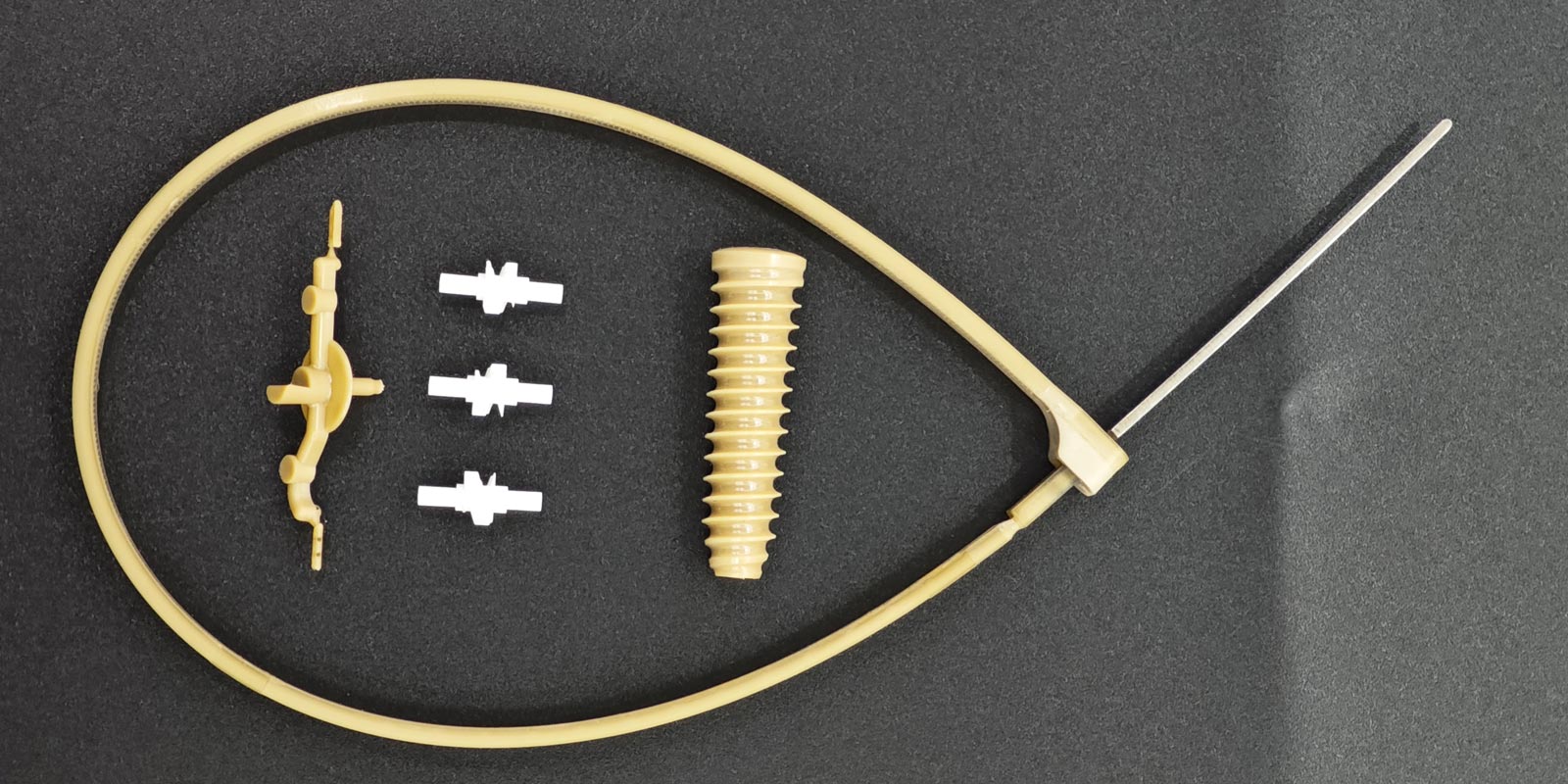
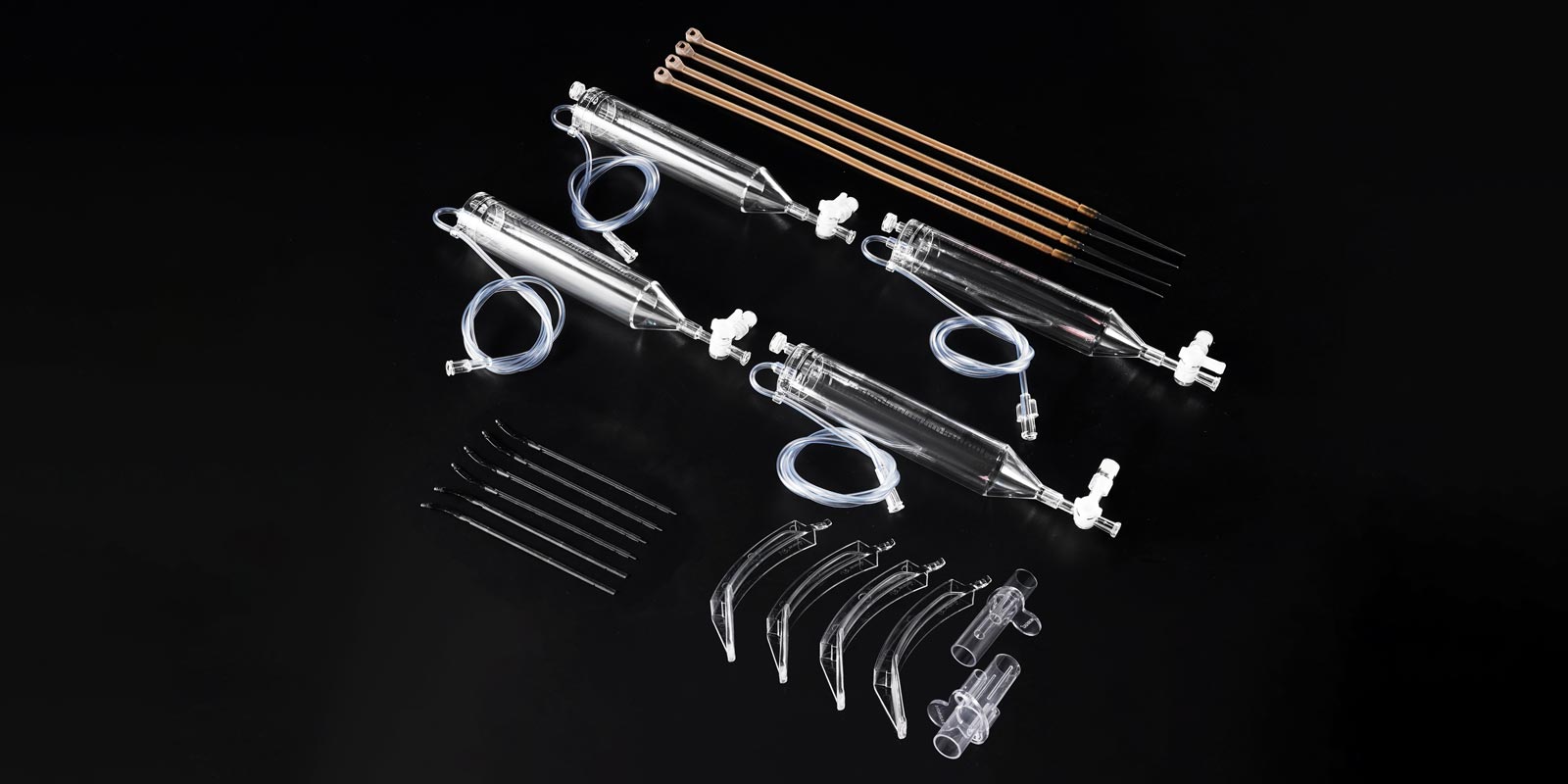
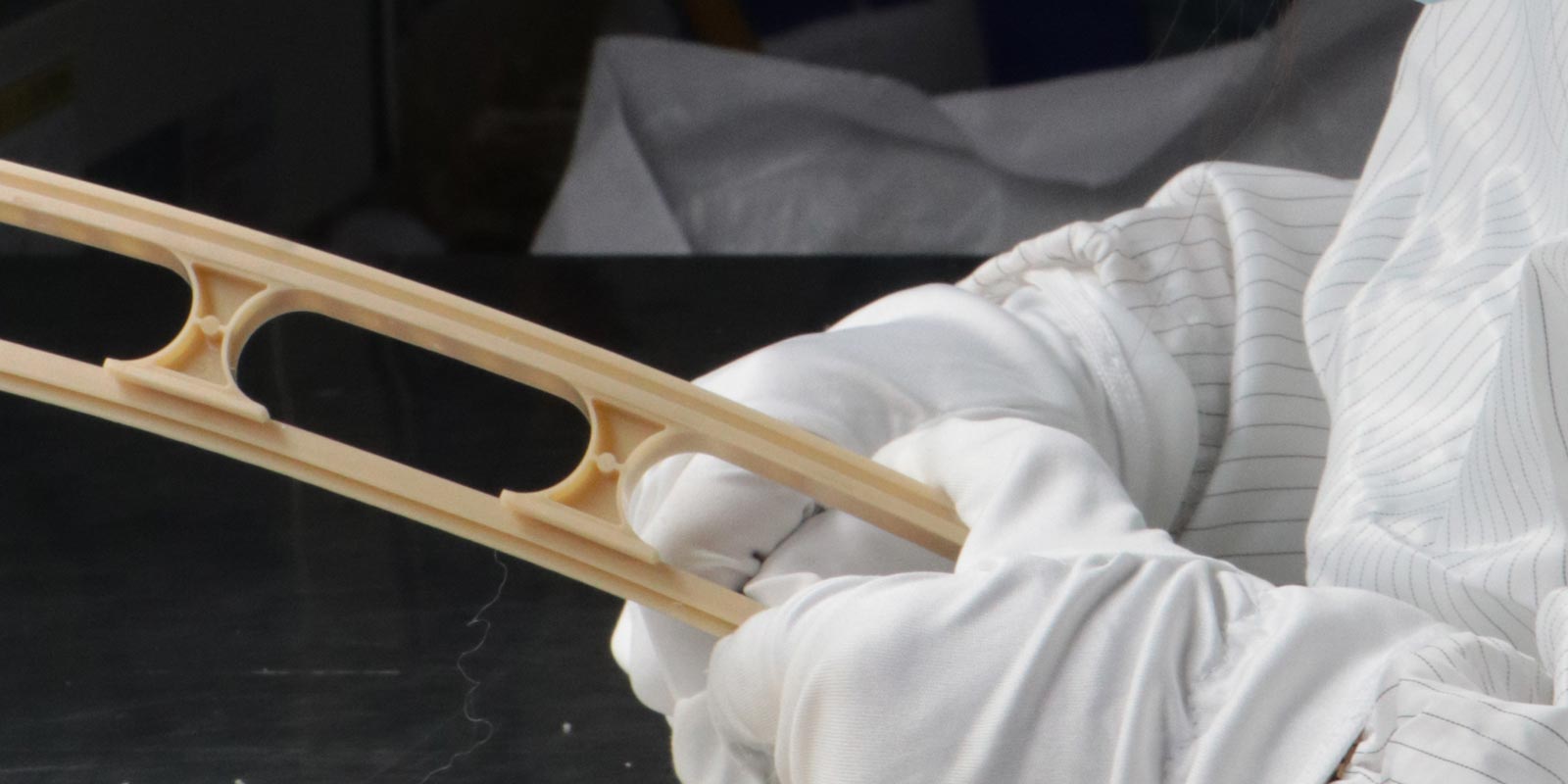
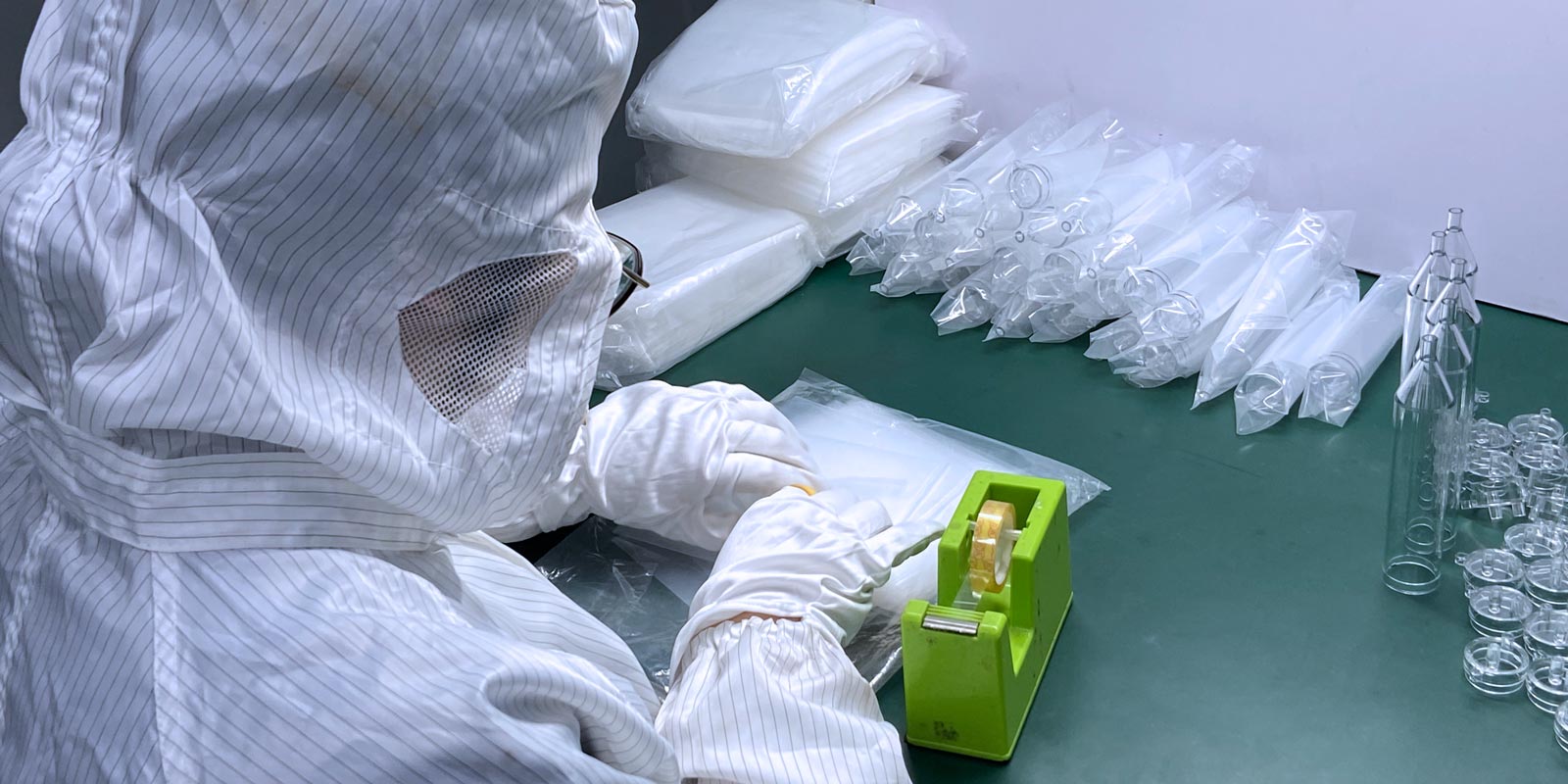
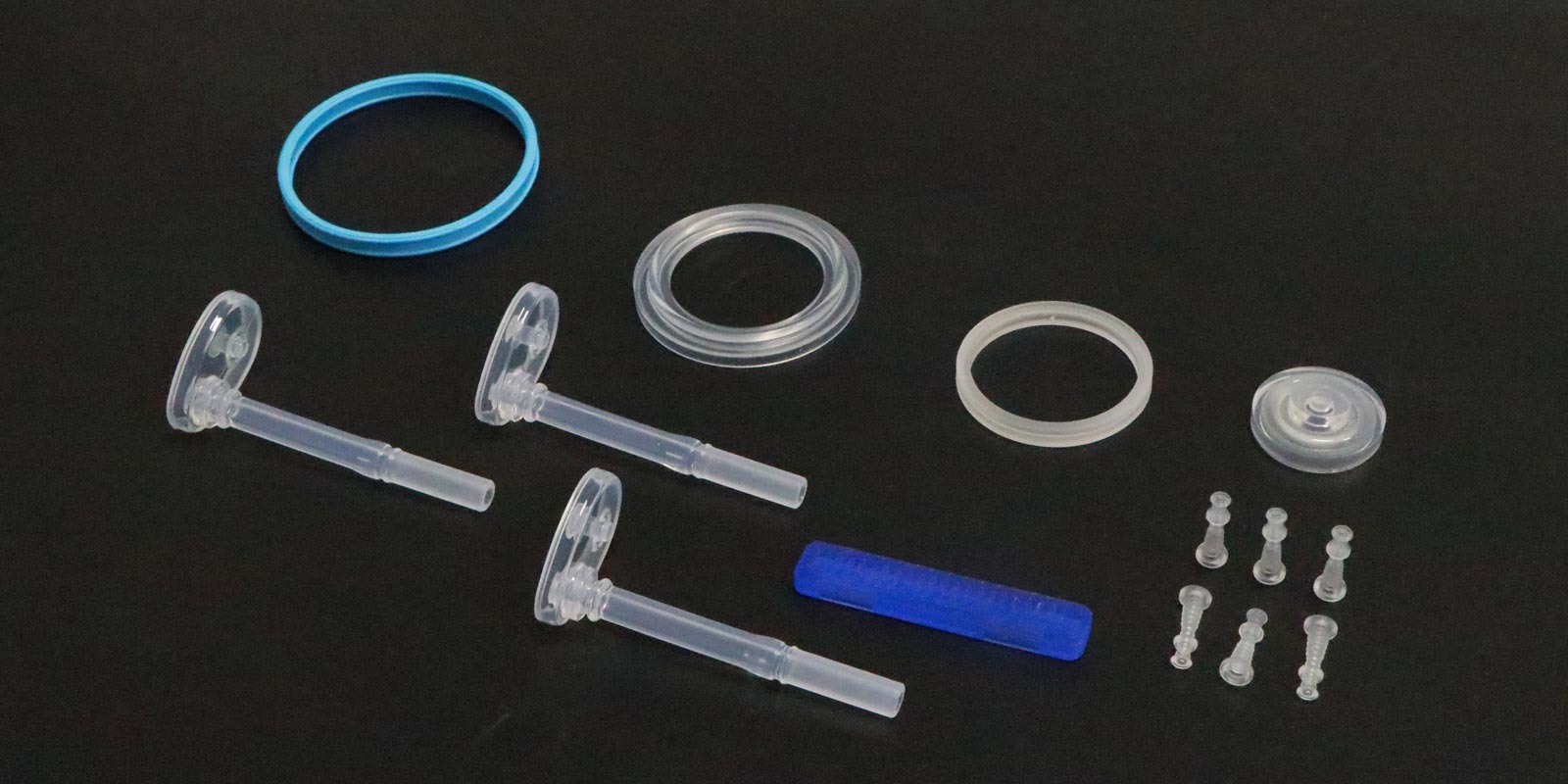











 Home
Home
